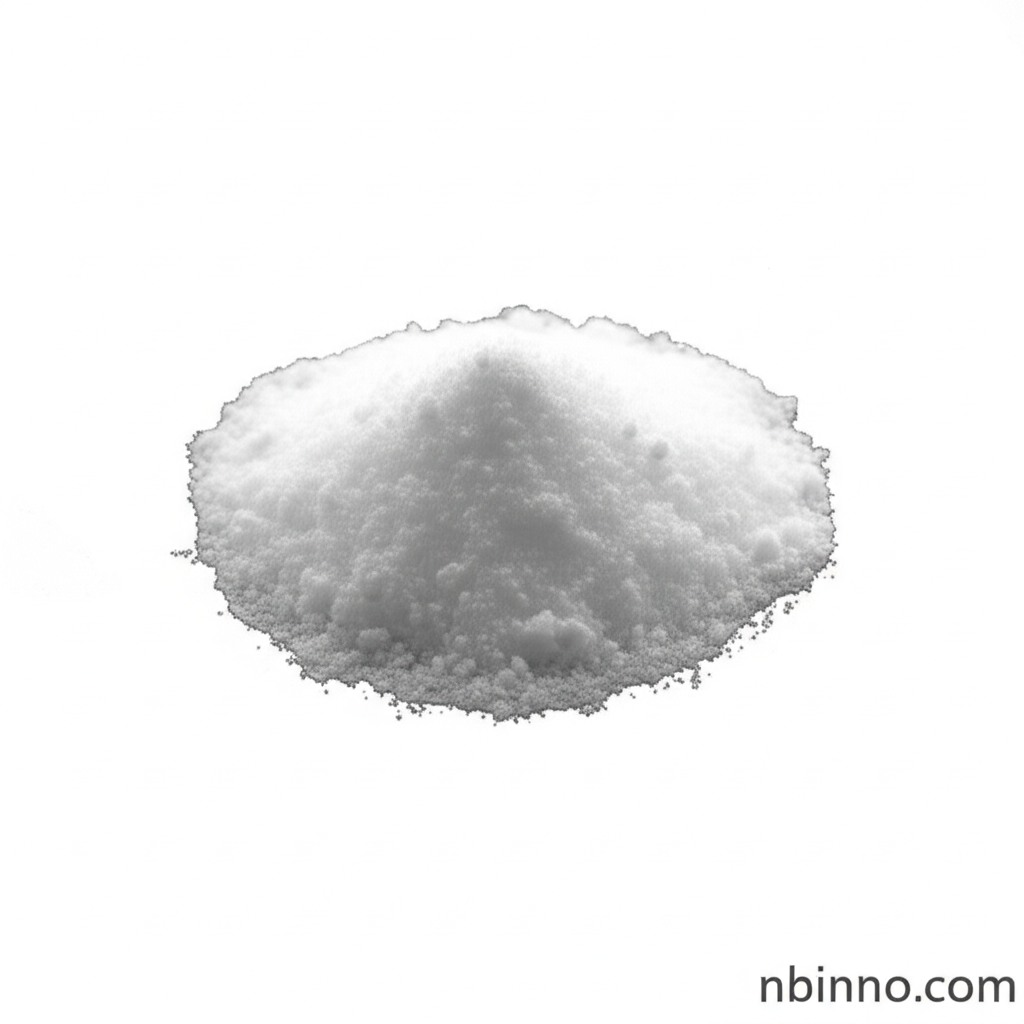1-Bromo-4-iodobenzene: A Key Intermediate for Advanced Chemical Synthesis
Unlock innovation with this high-purity compound, essential for OLEDs, pharmaceuticals, and material science.
Get a Quote & SampleProduct Core Value

Bromoiodobenzene
1-Bromo-4-iodobenzene is a high-purity chemical compound crucial for various advanced applications. Its unique molecular structure, featuring both bromine and iodine atoms on a benzene ring, provides selective reactivity. This makes it an indispensable building block in complex organic synthesis, particularly in palladium-catalyzed cross-coupling reactions.
- As a key OLED intermediate, it contributes to the development of advanced display technologies.
- In pharmaceutical synthesis, it serves as a precursor for designing biologically active molecules and drug candidates, leveraging its halogen substitutions for tailored pharmacological activity.
- It enables Suzuki-Miyaura coupling reactions, forming essential biaryl compounds for a wide array of chemical industries.
- Used as a reagent for in situ desilylation and coupling, it streamlines synthetic pathways for researchers.
Key Advantages
Versatile Reactivity
The dual halogen functionality of 1-Bromo-4-iodobenzene allows for selective chemical modifications, offering chemists precise control in complex organic synthesis.
High Purity for Precision
Typically exceeding 98% purity, this compound ensures consistent performance and reliability in sensitive applications like OLED intermediate synthesis.
Essential for Cross-Coupling
It is a vital substrate in palladium-catalyzed reactions such as Suzuki-Miyaura coupling, facilitating the creation of complex molecular structures essential for pharmaceutical synthesis.
Key Applications
OLED Material Synthesis
1-Bromo-4-iodobenzene is widely used as an intermediate in the synthesis of organic light-emitting diodes (OLEDs), contributing to improved display technologies and electronic devices through advanced materials synthesis.
Pharmaceutical Research
As a critical building block in drug discovery, its unique structure aids in designing molecules with potential therapeutic applications, making it valuable for pharmaceutical intermediate development.
Advanced Organic Synthesis
Its role in various cross-coupling reactions, including Suzuki-Miyaura and Stille, makes it a fundamental reagent for academic and industrial research in complex organic synthesis.
Material Science Innovation
The compound's halogenated aromatic structure enhances the properties of functional materials, finding applications in areas like semiconducting polymers and liquid crystals, crucial for advanced materials synthesis.
